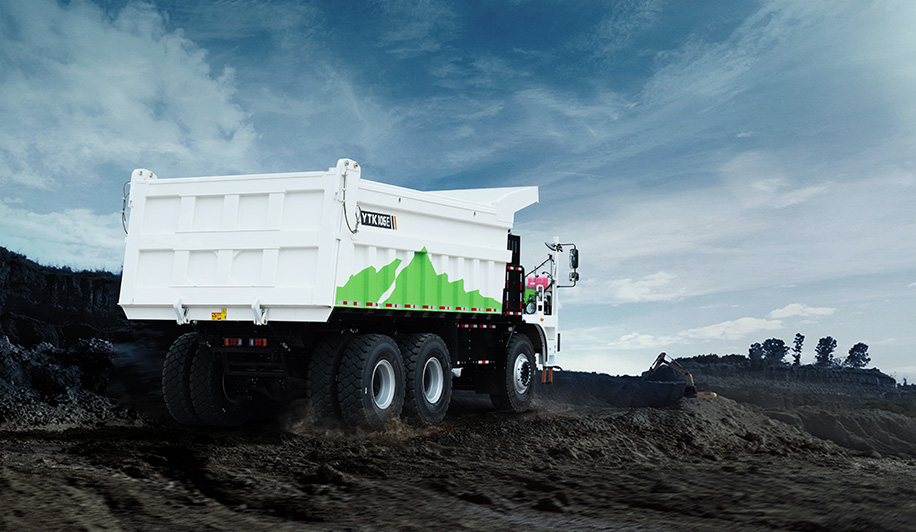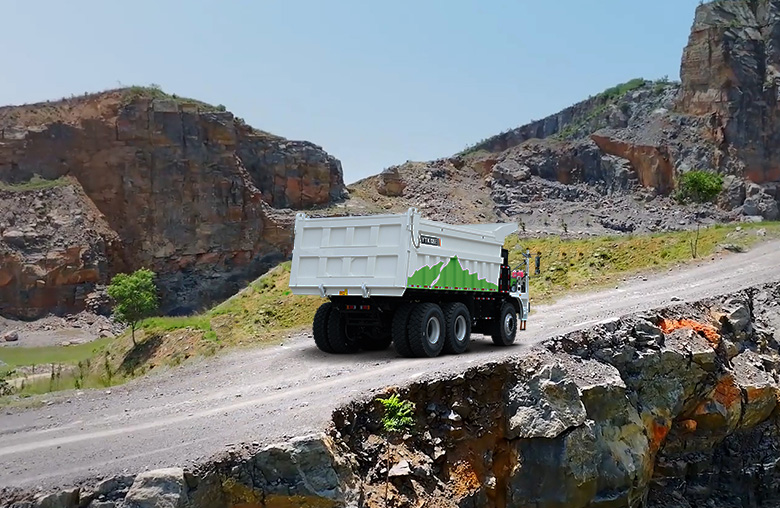wilson@powergentechnologies.co.ke | director@e-mobi.co | emobi.director@gmail.com
Sustainability Tips for Modern Mining Operations

Energy
August 3, 2024
Sustainability is a key focus for the mining industry. This article provides practical tips for enhancing sustainability in mining operations:
Energy Efficiency
Implement Energy-Efficient Technologies: Using energy-efficient equipment and technologies can significantly reduce energy consumption. Opt for electric and hybrid machinery that consume less power and emit fewer greenhouse gases compared to traditional diesel-powered equipment.
- Tips:
- Replace outdated machinery with energy-efficient models.
- Use variable frequency drives (VFDs) for pumps, conveyors, and other equipment to optimize energy use.
- Implement energy management systems to monitor and optimize energy consumption across the site.
Optimize Operational Practices: Streamline operations to minimize energy use. This can include optimizing mining schedules, reducing idle times for equipment, and improving logistics to minimize fuel consumption.
- Tips:
- Conduct regular energy audits to identify areas for improvement.
- Train staff on energy-saving practices and the importance of energy efficiency.
- Implement smart scheduling systems to reduce idle times and unnecessary energy use.
Waste Management
Adopt Effective Waste Management Strategies: Minimize waste generation and promote recycling and reuse of materials. Efficient waste management reduces environmental impact and can lower operational costs.
- Tips:
- Segregate waste at the source to facilitate recycling and proper disposal.
- Use waste materials, such as overburden and tailings, for land reclamation and other purposes.
- Implement a circular economy approach, where waste from one process becomes a resource for another.
Reduce Hazardous Waste: Implement practices that minimize the generation of hazardous waste and ensure proper handling and disposal to prevent environmental contamination.
- Tips:
- Use non-toxic alternatives to hazardous chemicals whenever possible.
- Ensure proper training for staff on handling and disposing of hazardous materials.
- Regularly audit and monitor waste management practices to ensure compliance with regulations.
Water Conservation
Utilize Water-Saving Technologies: Adopt technologies and practices that reduce water consumption and promote efficient water use. This includes using water recycling and treatment systems to minimize fresh water usage.
- Tips:
- Install water-efficient fixtures and equipment.
- Implement closed-loop water systems to recycle and reuse water within the mining process.
- Use dry processing techniques where feasible to reduce water consumption.
Protect Water Resources: Ensure that mining operations do not contaminate local water sources. Implement measures to prevent runoff and manage wastewater effectively.
- Tips:
- Build containment structures to prevent runoff and sedimentation in nearby water bodies.
- Treat wastewater before discharge to remove contaminants.
- Conduct regular water quality monitoring to ensure compliance with environmental standards.
Biodiversity Protection
Implement Measures to Protect Local Biodiversity: Mining operations can have significant impacts on local ecosystems. Implement strategies to protect and restore biodiversity in and around mining sites.
- Tips:
- Conduct biodiversity assessments to identify sensitive areas and species.
- Develop and implement biodiversity management plans to mitigate impacts.
- Rehabilitate mined areas with native vegetation to restore habitats.
Promote Sustainable Land Use: Use land sustainably by minimizing the footprint of mining operations and ensuring post-mining land reclamation and rehabilitation.
- Tips:
- Plan mining operations to avoid critical habitats and sensitive areas.
- Implement progressive rehabilitation practices, restoring areas as mining activities move forward.
- Engage with local communities and stakeholders in land-use planning and post-mining land use decisions.
Community Engagement
Engage with Local Communities: Building strong relationships with local communities is essential for sustainable mining operations. Ensure that mining activities benefit all stakeholders and minimize negative impacts.
- Tips:
- Conduct regular consultations with local communities to understand their concerns and needs.
- Develop community development programs that provide education, job opportunities, and infrastructure improvements.
- Ensure transparency and open communication about mining activities and their impacts.
Support Local Economies: Contribute to the local economy by sourcing goods and services from local businesses and hiring local workers.
- Tips:
- Develop local procurement policies that prioritize local suppliers and contractors.
- Provide training and capacity-building programs to enhance local skills and employability.
- Invest in local infrastructure and community projects that benefit the broader community.
Sustainable Resource Management
Efficient Resource Management: Optimize resource extraction and usage to minimize waste and ensure the sustainability of mining operations.
- Tips:
- Implement precise tracking of resource extraction to avoid over-extraction and waste.
- Use advanced technologies to enhance resource recovery and reduce losses.
- Plan for the efficient use of resources throughout the mining lifecycle, from extraction to processing and reclamation.
Promote a Circular Economy: Adopt a circular economy approach, where waste from one process becomes a resource for another, reducing overall resource consumption and environmental impact.
- Tips:
- Identify opportunities for recycling and reusing materials within the mining process.
- Develop partnerships with other industries to use mining by-products as raw materials.
- Encourage innovation and research into new uses for mining waste and by-products.

Request a Call Back
We are committed to delivering cutting-edge technologies that minimize environmental impact while maximizing operational performance.

